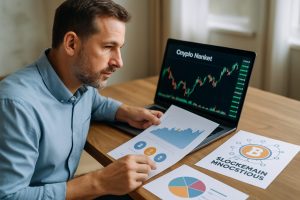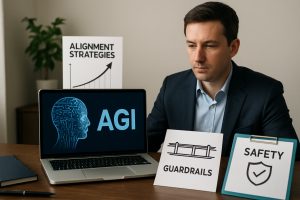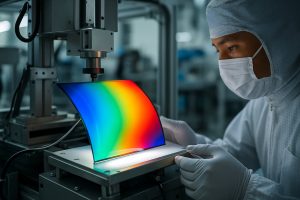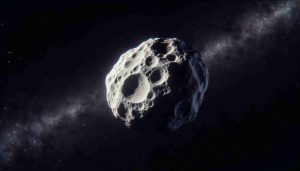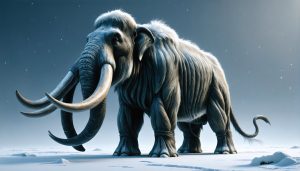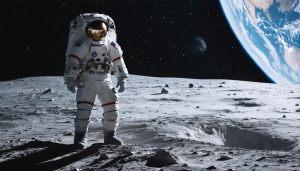Mid-Year Analysis of Crypto Market Dynamics and Blockchain Innovations
In-Depth Mid-Year Report: Unpacking Crypto Market Shifts and Blockchain Evolution Current Market Overview Emerging Technology Trends Competitive Landscape Insights Growth Projections and Forecasts Regional Performance Analysis Forward-Looking Perspectives Key Challenges…
Superalignment Strategies and Guardrails for Safe AGI Development
Securing the Future of Artificial General Intelligence: Superalignment Strategies and Robust Guardrails AGI Market Landscape and Key Drivers Emerging Technologies Shaping Superalignment and AI Guardrails Leading Players and Strategic Initiatives…
Quantum Chemistry Modeling Software Market 2025: AI-Driven Growth & 18% CAGR Forecast Through 2030
Quantum Chemistry Modeling Software Market Report 2025: In-Depth Analysis of AI Integration, Market Dynamics, and Global Growth Projections. Explore Key Trends, Competitive Insights, and Strategic Opportunities Shaping the Industry. Executive…
Liquid Display Panel Manufacturing Market 2025: Surging OLED Adoption Drives 7% CAGR Growth Through 2030
2025 Liquid Display Panel Manufacturing Industry Report: Market Dynamics, Technology Shifts, and Strategic Forecasts. Explore Key Trends, Regional Insights, and Growth Opportunities Shaping the Next Five Years. Executive Summary &…
Scientists Stunned as Planetarium Simulation Reveals Hidden Spiral in Mysterious Oort Cloud
New data suggests the Oort Cloud—long assumed to be a simple sphere—may harbor an unexpected spiral, rewriting cosmic history.
Asteroid Hunters Prepare for Revolution: Two New Observatories Set to Double Our Discovery Rate
Discover how groundbreaking new observatories will transform our hunt for near-Earth asteroids and reveal unseen threats in 2025.
Trump vs. Musk: SpaceX Showdown Threatens U.S. Military’s Space Dominance
A fierce clash between Trump and Musk could reshape the U.S. space program—threatening military launches, NASA missions, and global communications.
A Giant Surprise: Astronomers Detect Massive Gas Planet Orbiting the Tiniest Star Yet
Space scientists are baffled by TOI-6894b, a giant planet orbiting the smallest star ever recorded—here’s why it’s shattering theories in 2025.
NASA Faces Historic Budget Slash in 2025—Will Space Science Survive?
Inside the Shockwaves: NASA’s Funding Freefall in 2025 and What It Means for the Future of Space Exploration NASA’s 2025 budget cut to its lowest in decades threatens missions and…
NASA Science Faces Historic 25% Budget Cut: 41 Missions on the Chopping Block if Trump Plan Passes
Is This the End of an Era? Trump’s Drastic 2025 Budget Proposal Slashes NASA Science Funding, Threatening 41 Missions Trump’s 2025 budget plan aims to cut NASA science spending by…
